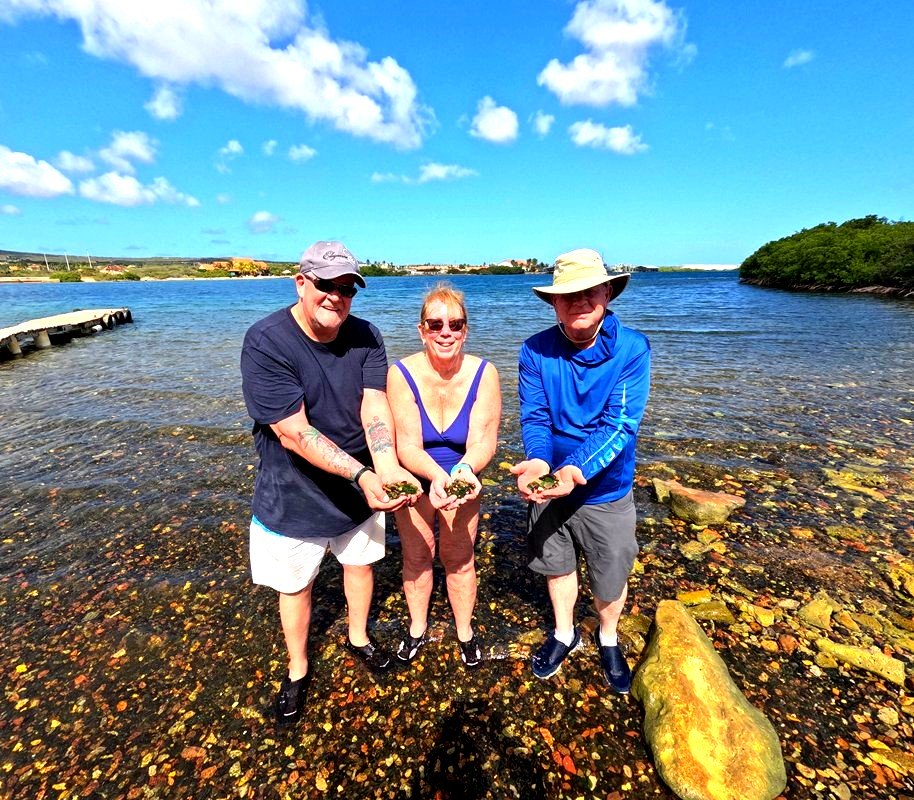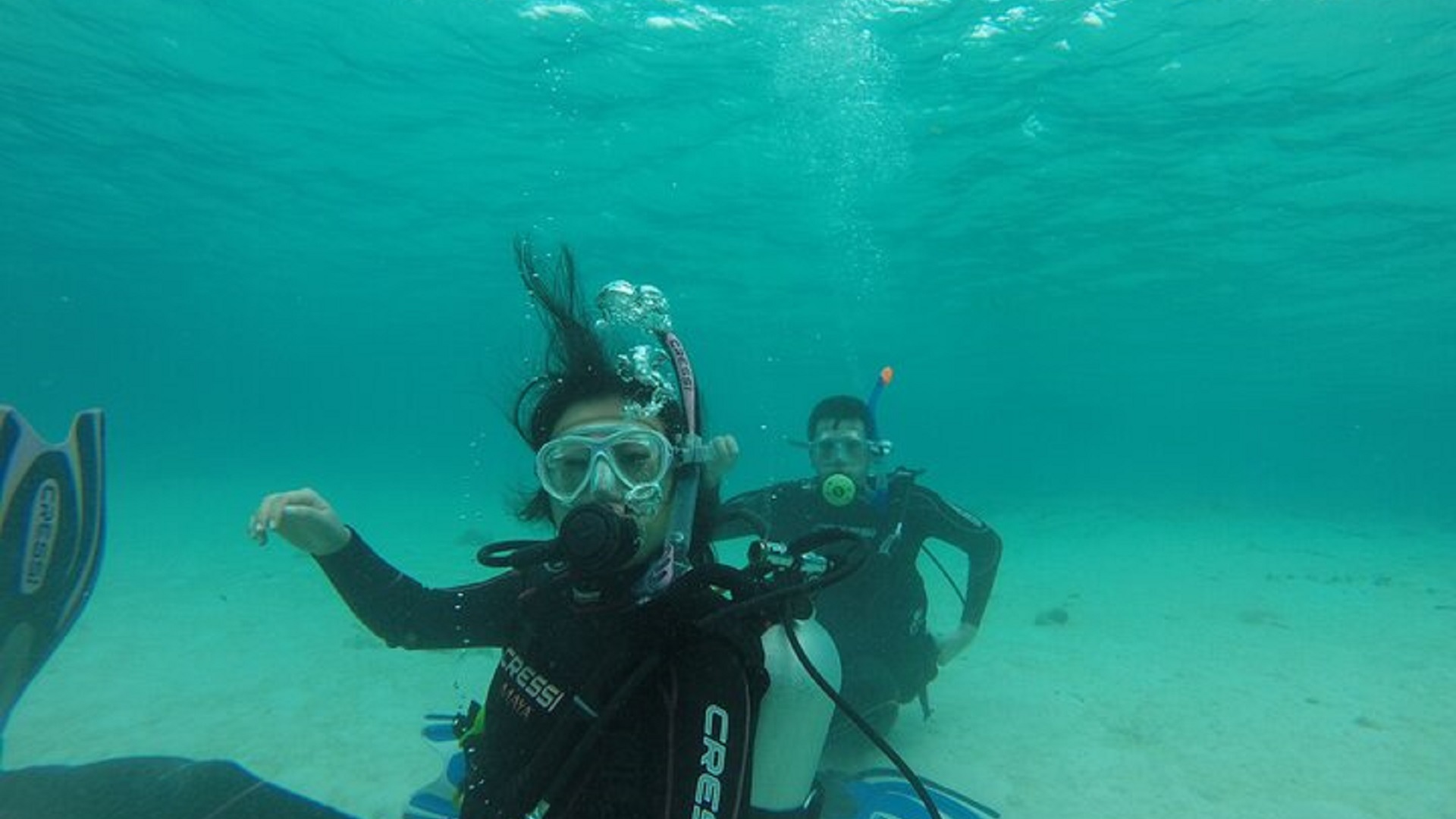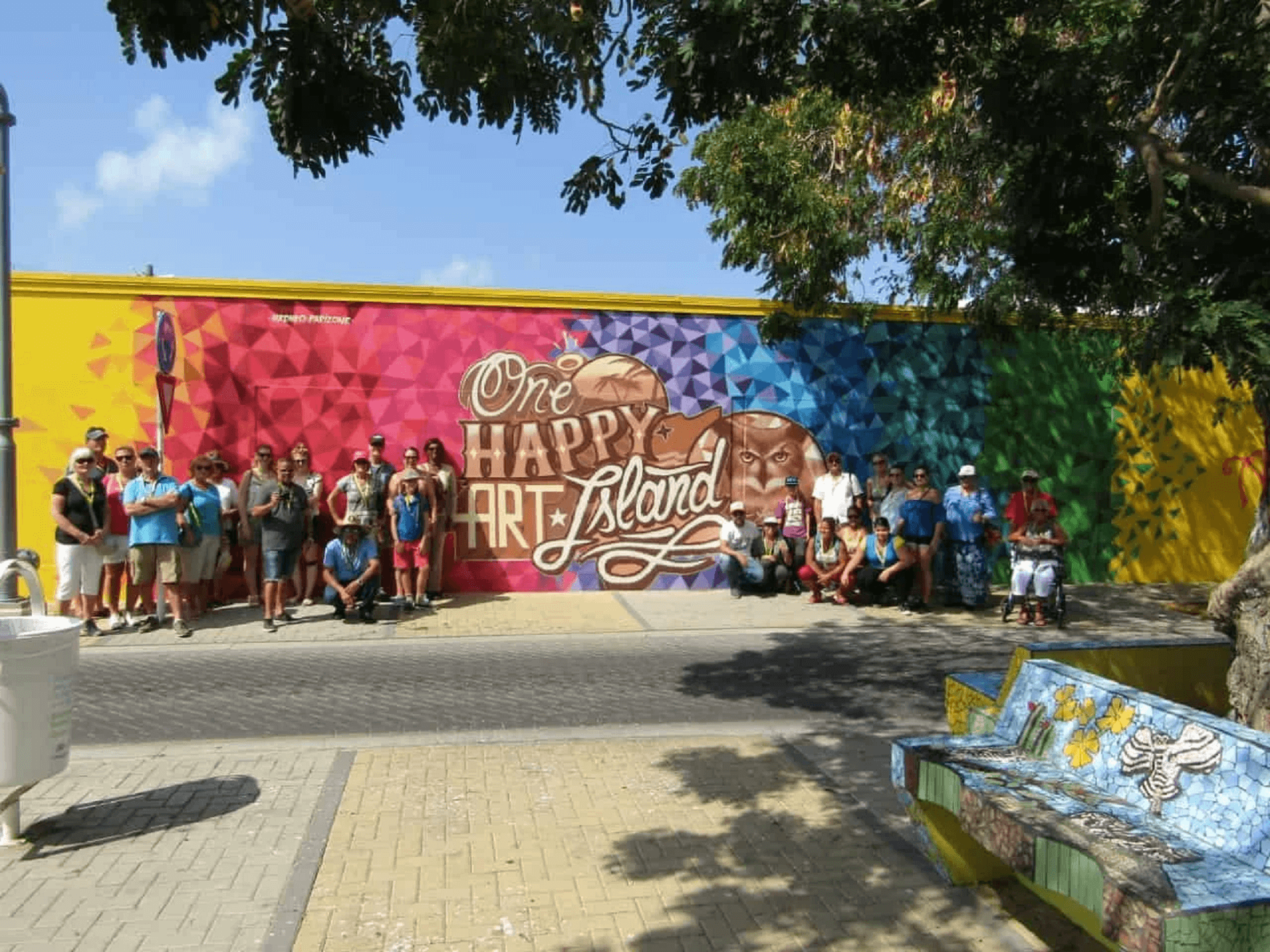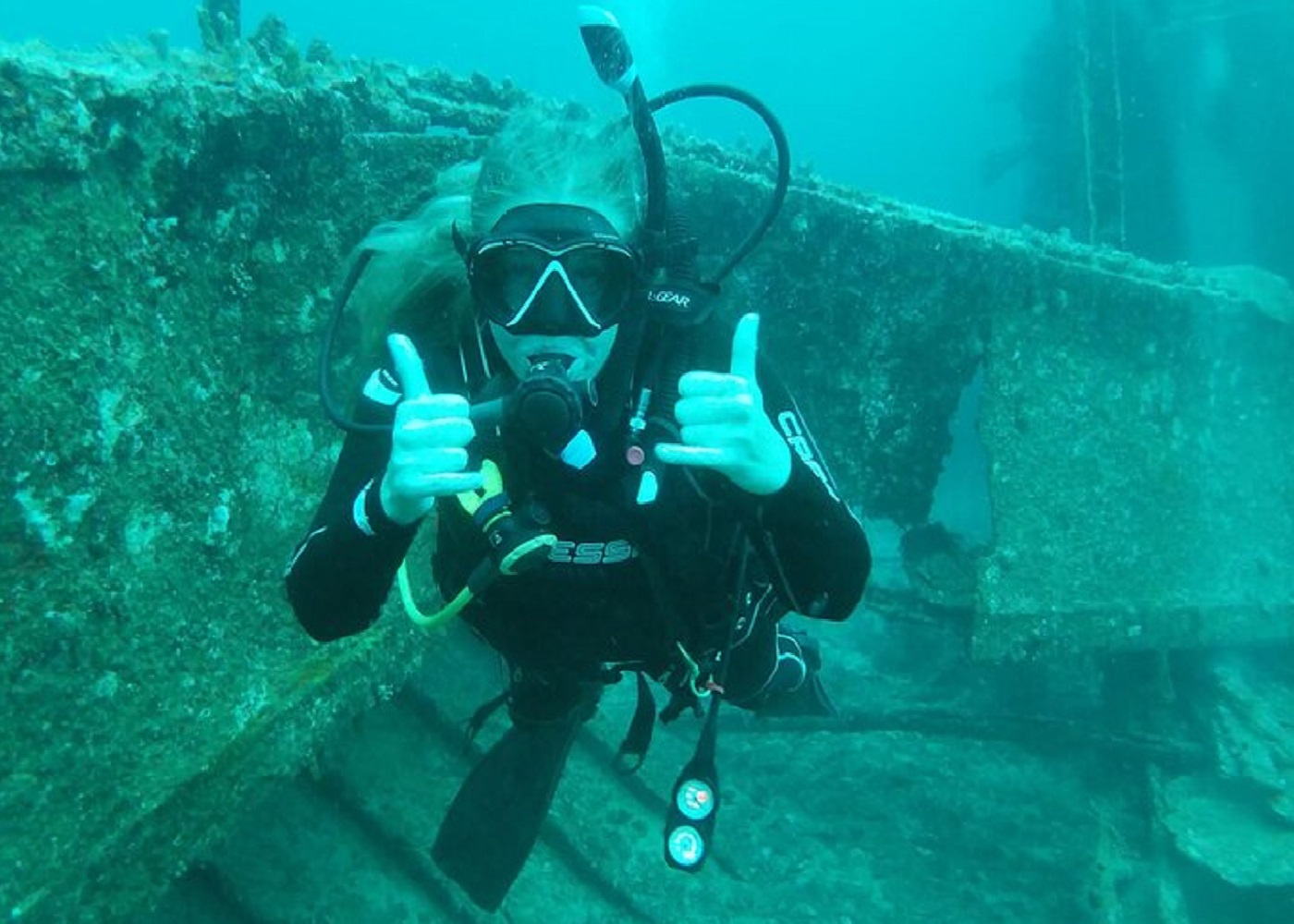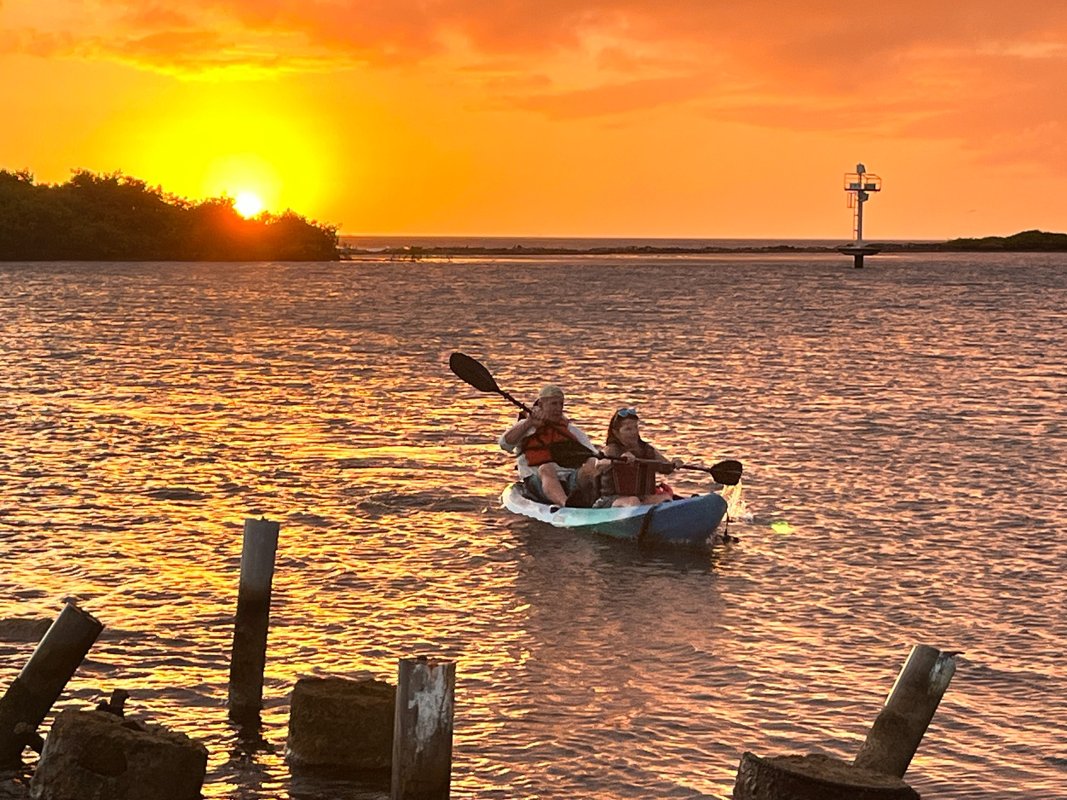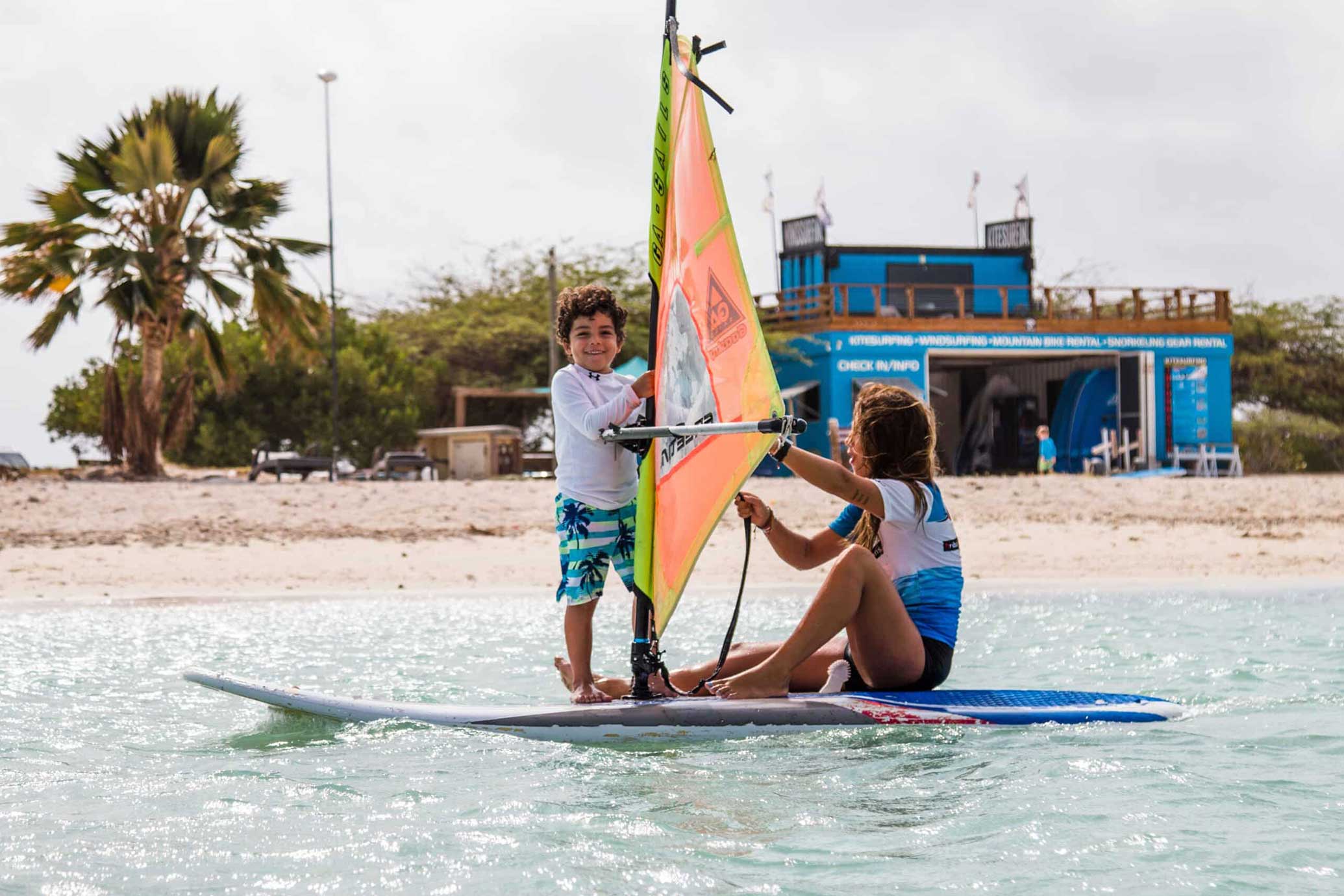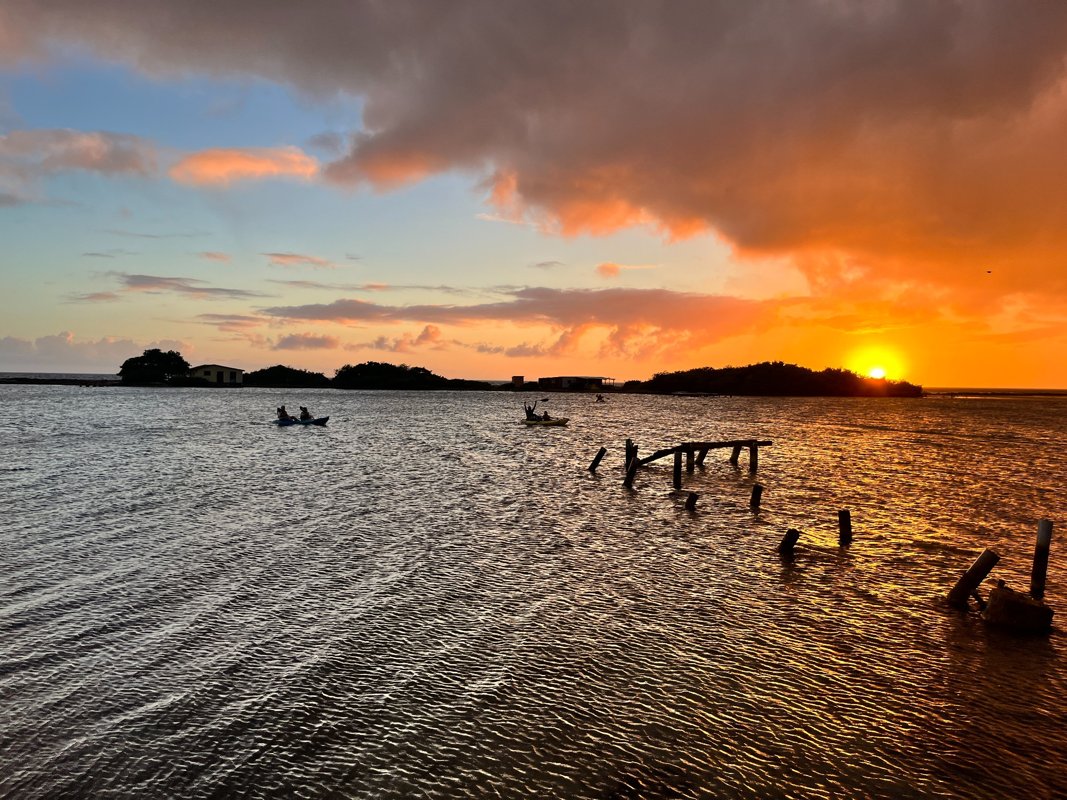Kuifcaracara (Warawara)
Crested Caracara (Warawara)
Latin name: Caracara plancus
Length: 45-61 cm. An adult Warawara has a wingspan of 1.25 meters.
Weight: 850-1500 grams.
Color: Dark grayish-brown with a cream-white head and neck. The chest, tail, and wing tips are black and white banded. Other noticeable features include the orange face, black crown, long yellow legs, and very short toes. There is no difference in appearance between the sexes.
Reproduction: During the breeding season, the males fight in the air for the females. After mating, the Warawara builds a nest out of thin branches, dried droppings, and feathers. Usually, two or three eggs are laid, which hatch after about 30 days. The chicks will leave the nest for the first time after eight weeks. The young are fed by the parents, and after a few weeks, they can tear apart their prey themselves.
The Warawara prefers to build its nest in the middle of tall columnar cacti.
Habitat: Grasslands and agricultural areas.
Defense mechanisms: Flying away.
Food: Mainly a scavenger (feeds on dead animals).
Enemies: Humans.
The Warawara is known as the “garbage man” of the mondi (natural vegetation). It is the most well-known bird of prey on these islands.
The Warawara produces a rattling, screaming sound, often throwing its head back onto its back while calling.

- Tour Location: Seaglass Island
- Tour Duration: 2.5 Hours
- Tour Location: Savaneta, Aruba
- Tour Duration: 3 Hours
- Tour Location: San Nicolas City
- Tour Duration: 2 hours
- Tour Location: Savaneta, Aruba
- Tour Duration: 4 Hours
- Tour Location: Seaglass Island
- Tour Duration: 2.5 Hours
- Tour Location: Noord, Aruba
- Tour Duration: 1 hours

